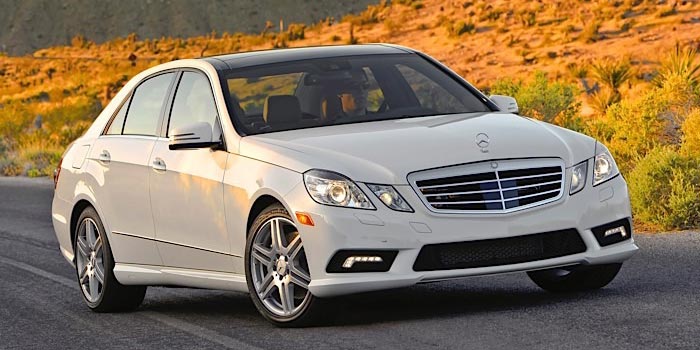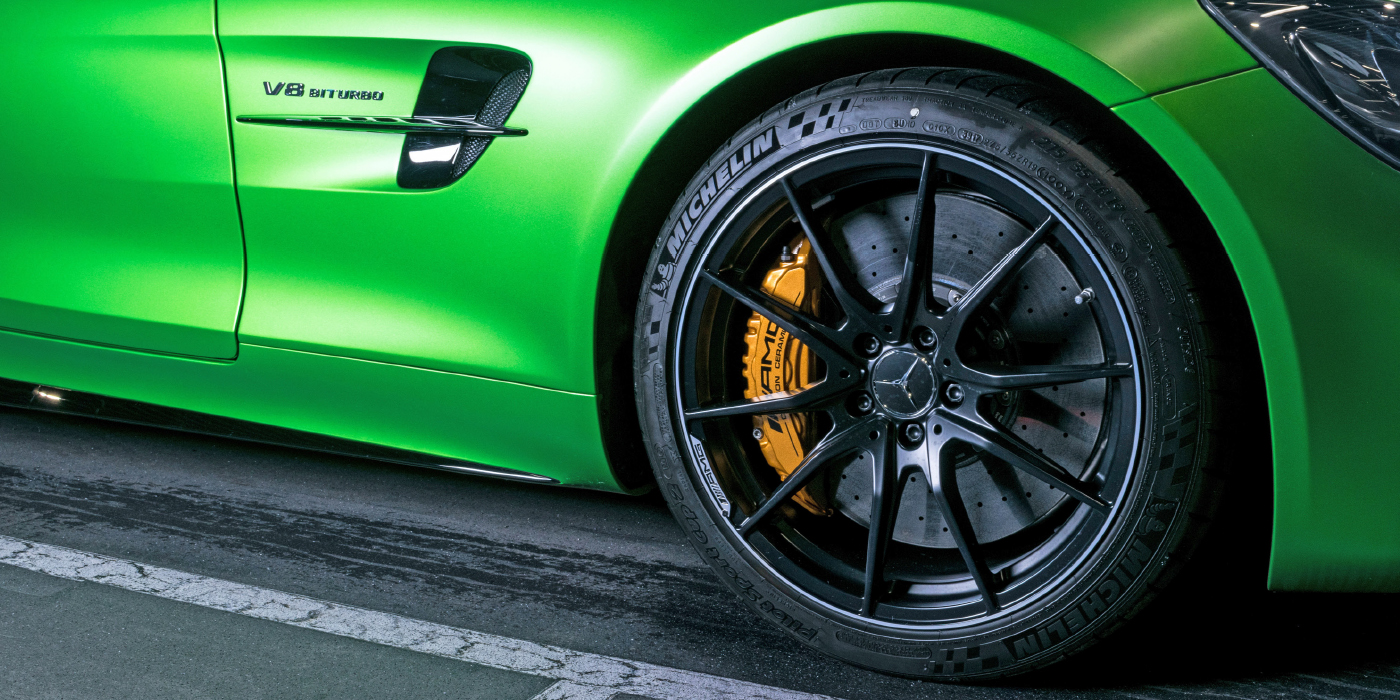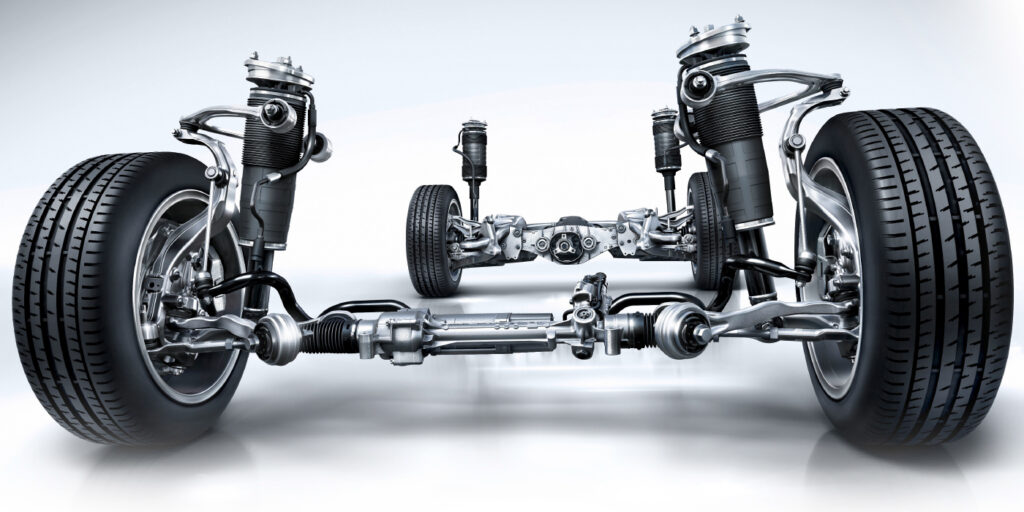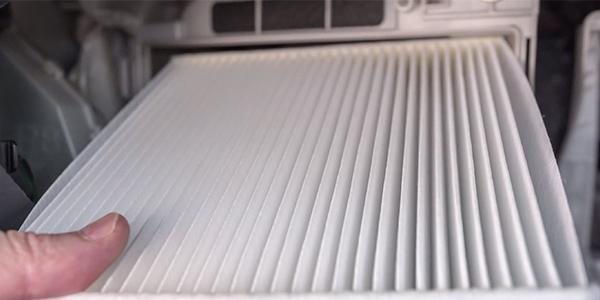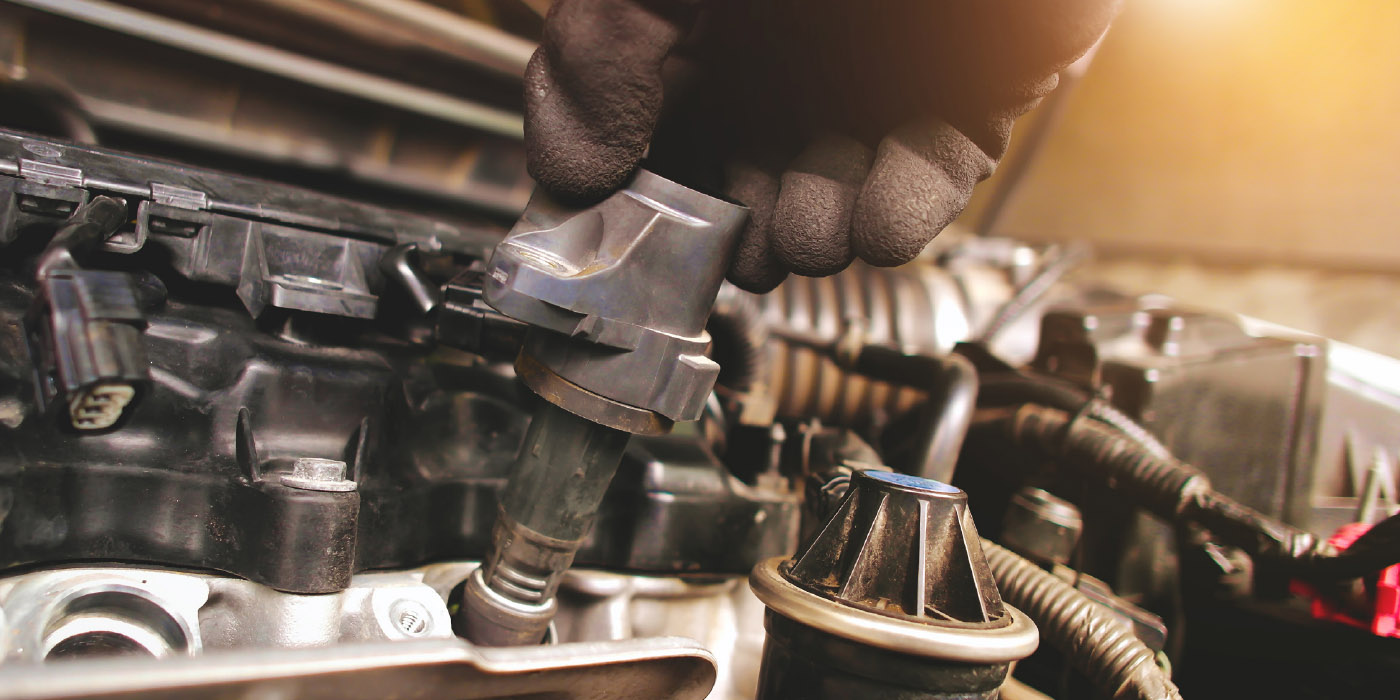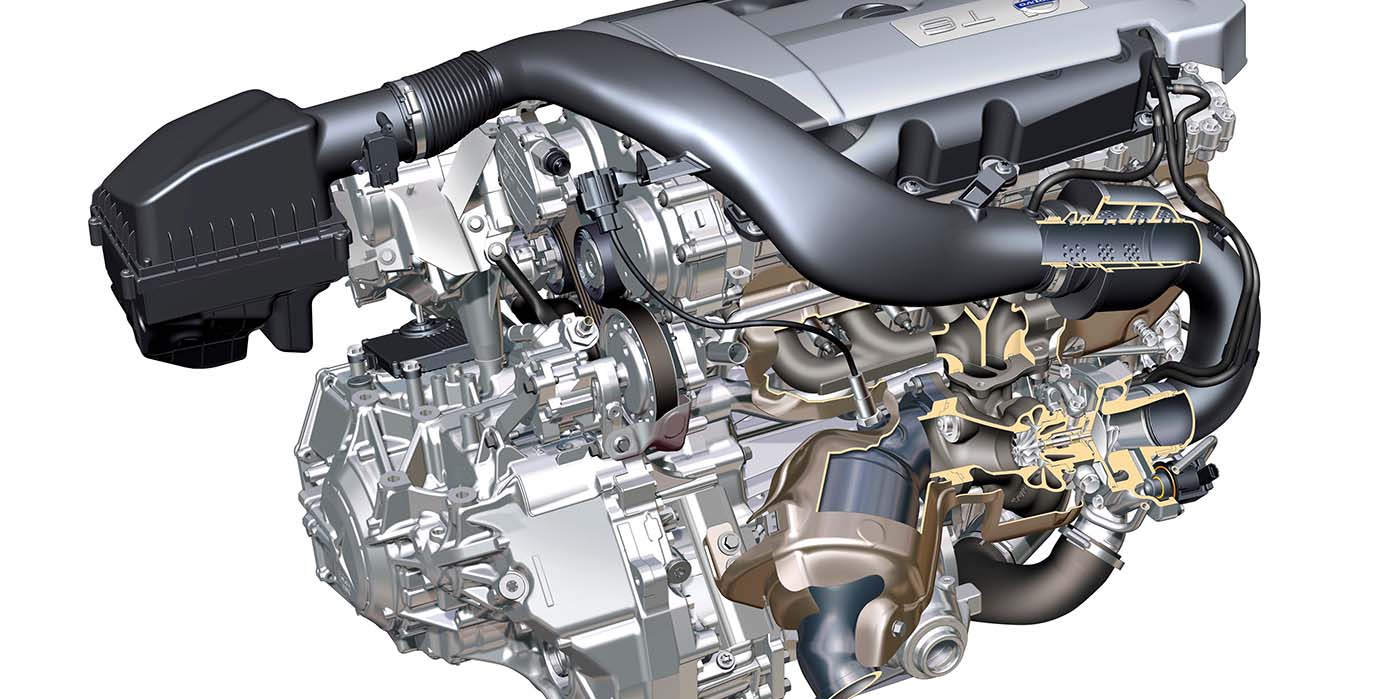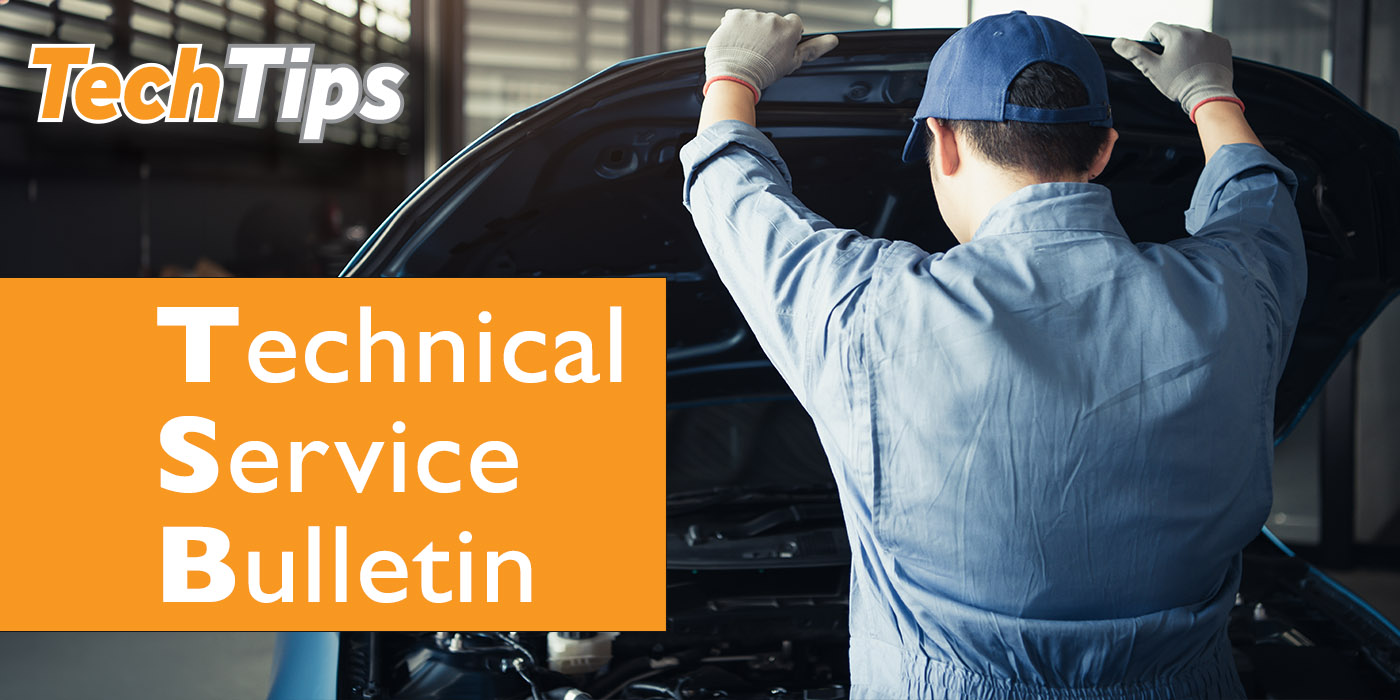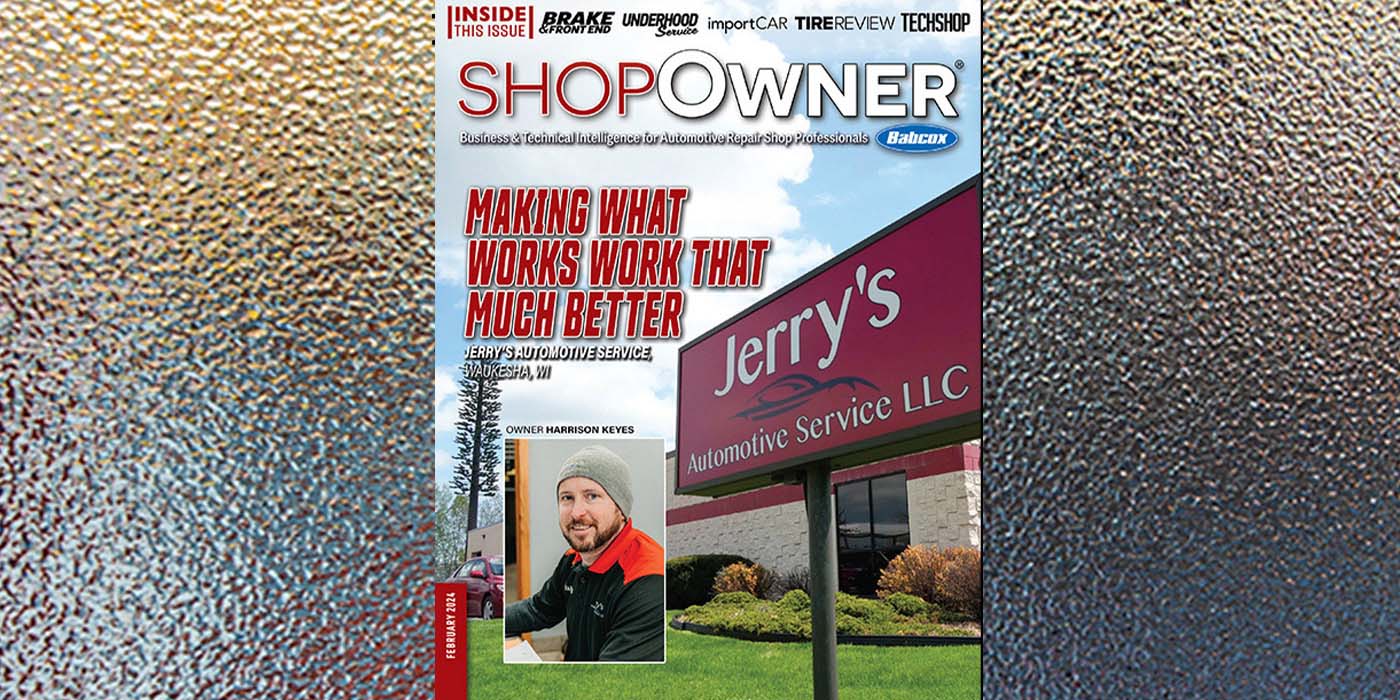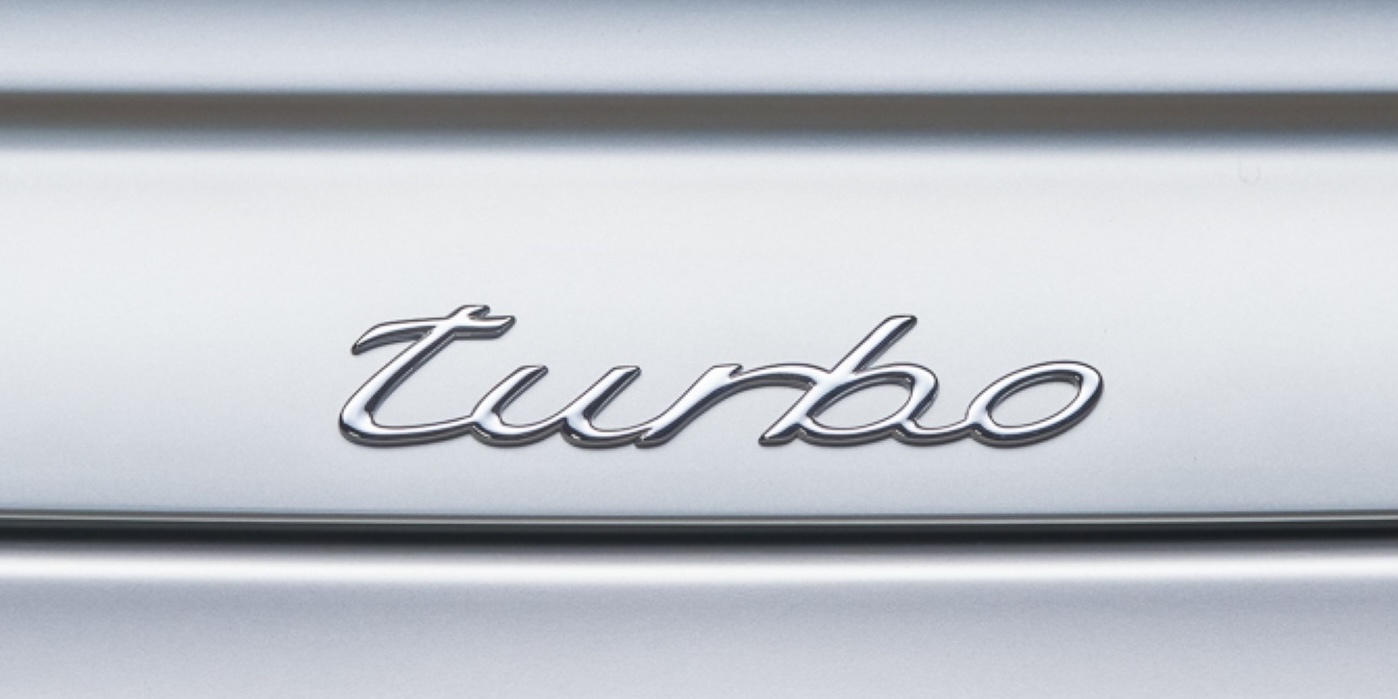 Models: All models with M272 and M273 engines.
Models: All models with M272 and M273 engines.
Repair Procedure:
Field inspections of suspected cylinder head cover oil leaks have revealed that unnecessary resealing is being performed when the cylinder head cover is not the root cause of the leak.
In cases of customer complaints of oil leakage, it is essential to determine the actual source. A proper remedy should be applied to avoid repeat repairs and unnecessary shop visits (refer to other TSBs on the subject). For your convenience, a video has been created which outlines the proper procedure to help identify the source of engine oil leaks. The video is available as of the November 2011 Star Diagnosis release and can be accessed through the Mercedes-Benz service information website.
The new generation of Mercedes-Benz engines has chemical sealers (sometimes referred to as “formed-in-place gaskets”) applied to sealing surfaces by robots during the engine assembly process. This engine sealing technique called RTV (room temperature vulcanizing) uses a silicone rubber compound. This precise and uniform application of silicone at the factory ensures proper adhesion and a leak-tight connection that very rarely leaks.
During necessary engine resealing repairs, care must be taken in preparing surfaces and applying silicone compound. Do not clean surfaces with any abrasive materials or sharp tools. Only approved Loctite cleaning spray must be used when prepping engine surfaces.
Only a 1mm (+/- 0.2 mm) thick silicone bead should be applied uniformly to one side of the sealing surfaces on a precise pattern. A small amount of oil should be applied to the camshaft bearings. The sealing surfaces must be assembled within 10 minutes of sealant application.
Courtesy of ALLDATA.

